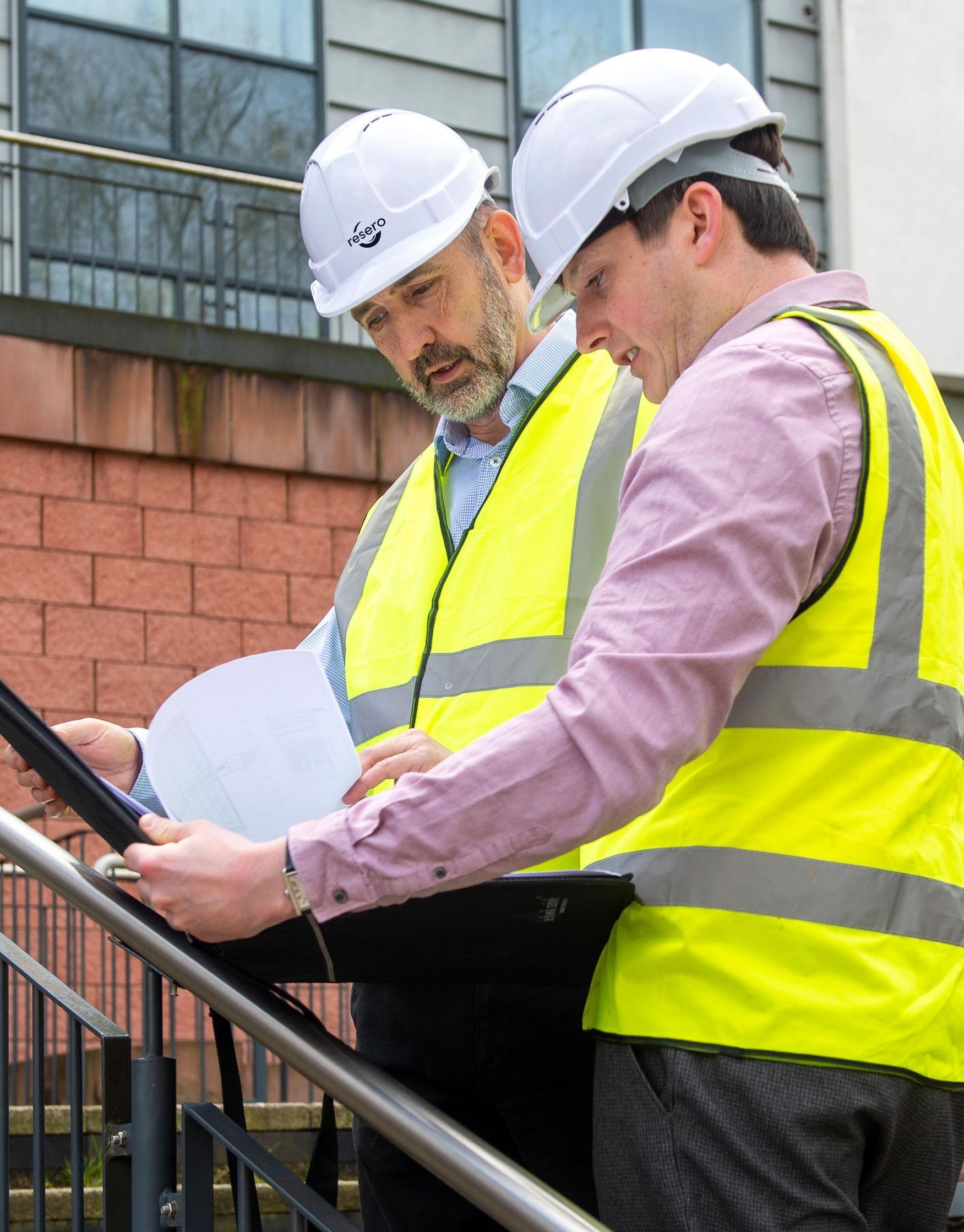OUR SERVICES
Maintaining your Assets
Our team are experts in technical asset management. Our comprehensive service is designed to optimise the performance and value of your property portfolio through its entire life cycle. We will work with you to meet statutory and legislative obligations whilst identifying opportunities for operational and energy efficiency improvements. We look to minimise operational risk, optimise asset performance and help meet sustainability goals so you can focus on operating your portfolio to its fullest potential.

AUDIT REPORTING
Using EDGE APM software, we produce a comprehensive reporting framework for multiple assets and contractors associated with a building. These audits have three purposes:
- To review contractor performance related to the maintenance of MEP services.
- To assess the condition of plant rooms, signage, and storage of equipment, and review the condition and operational performance of assets.
- To briefly review operational and energy efficiency and identify opportunities to improve upon this.
Informed by site visits and detailed scrutiny of contract-related documentation, our audit reports use a Red Amber Green (RAG) rating system to identify the timescale for and urgency of remedial action or improvement. Audits are critical for ensuring occupant safety, legal compliance, and ensure your contractors are satisfying their contractual and legal responsibilities.
We can also produce a tailored Managing Agent report that will capture top-level information to inform portfolio level actions.

MONITORING + IMPROVING OPERATIONAL ENERGY
Reviewing ongoing operational energy data is a core part of our asset management role. Accurate data is the key to improving operational performance and reducing cost, which means our first step is always to interrogate and validate existing energy data. We also look at the operational effectiveness of all building systems. Significant energy savings can be made by confirming all systems are commissioned, optimised, and maintained properly.
We then combine a number of datasets to run benchmarking and analysis through our software. This allows us to create an energy strategy using a digital model of the building, which can also help us to understand the impact of any proposed changes. If engaged on a framework, we oversee the implementation and review of such energy strategies through periodical audits and site visits. Our tailored software solutions mean we take ongoing responsibility for the quality of our recommendations and the impact we are achieving.
CATEGORY A + B FIT OUTS
In a multi-let environment, it is crucial to ensure that any works undertaken do not adversely impact occupant or landlord interests.
At Resero, we can advise you on tenant requirements when planning Category A building works to ensure the interests of building occupants are taken into consideration. Similarly, where tenants plan Category B fit outs, we can issue a tracker document to review the scope of proposed works and ensure consideration is given to critical elements of building safety and existing MEP services like fire stopping and equipotential bonding. These are often appended to the Landlord Tenant Agreement (LTA) and inform interim or terminal schedules of dilapidations.
Another key element of both Cat A and B works is to ensure that any significant changes to the MEP services do not impact the overall EPC rating. Resero can review planned works and advise you on how to reduce their impact on energy efficiency. As part of our management framework, Resero would normally have created a
dynamic simulation model
as a prerequisite for planning a net zero carbon strategy, this model can be updated with the proposed works and a predictive EPC generated.

RELATED SERVICES
Find out more about the services we offer.
SERVICES IN ACTION
Find out more about the value of technical asset management.
FACILITIES MANAGEMENT | THE URBAN BUILDING
ASSET MANAGEMENT | TONY WILSON PLACE
BUILDING MODELLING | ASSET LEVEL
RESOURCES + INSIGHTS
All the latest news and expertise from the Resero team.












